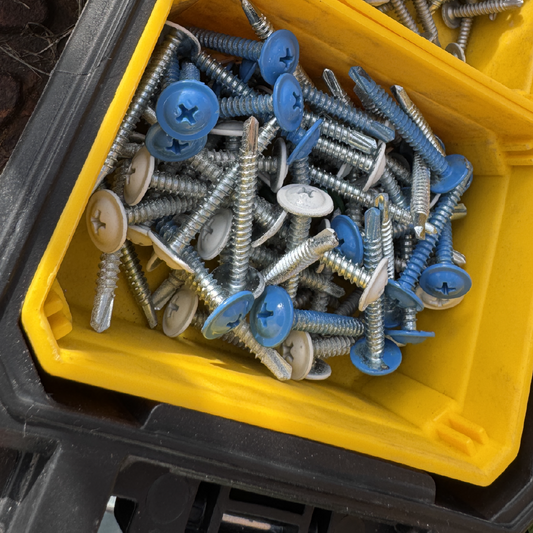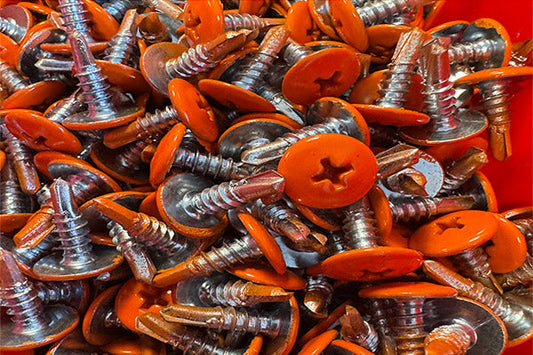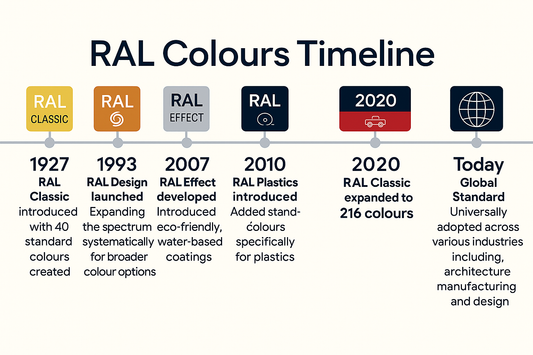RAL Colours Explained – And Why They Matter for Your Projects
What are RAL Colours?
RAL Colours are a standardised colour system developed in Germany. They're used across industries to define consistent colours for paints, coatings, and finishes.
This makes them essential when ordering products like coloured screws — ensuring accuracy every time.

Development Over the Years
The RAL system has grown from its original 40 colours to over 200 today, grouped into four systems:
- RAL Classic: The original four-digit colour codes
- RAL Design: Introduced in 1993, with a structured spectrum layout
- RAL Effect: Includes metallic and eco-friendly water-based colours
- RAL Plastics: Made for accurate colour use on plastic components

How to Use RAL Colours
Each RAL colour is defined by a unique code — for example, RAL 5012 for Light Blue. These codes let you match materials and finishes without any guesswork.

Why RAL Colours Matter for Coloured Screws
At Coloured Screws, we use RAL standards to ensure every screw matches your project's colour — down to the last detail.
- Accurate colour matching across all batches
- Consistent, professional-looking finishes
- Easy reordering with familiar codes
Early Beginnings
In 1927, the German RAL organisation introduced the first 40 colours — allowing companies to specify colours without relying on physical samples.
This revolutionised how industries communicate and maintain colour accuracy.
Global Adoption and Modern Use
Today, RAL Colours are used worldwide by architects, designers, builders, and manufacturers to ensure consistent and reliable results across projects.








